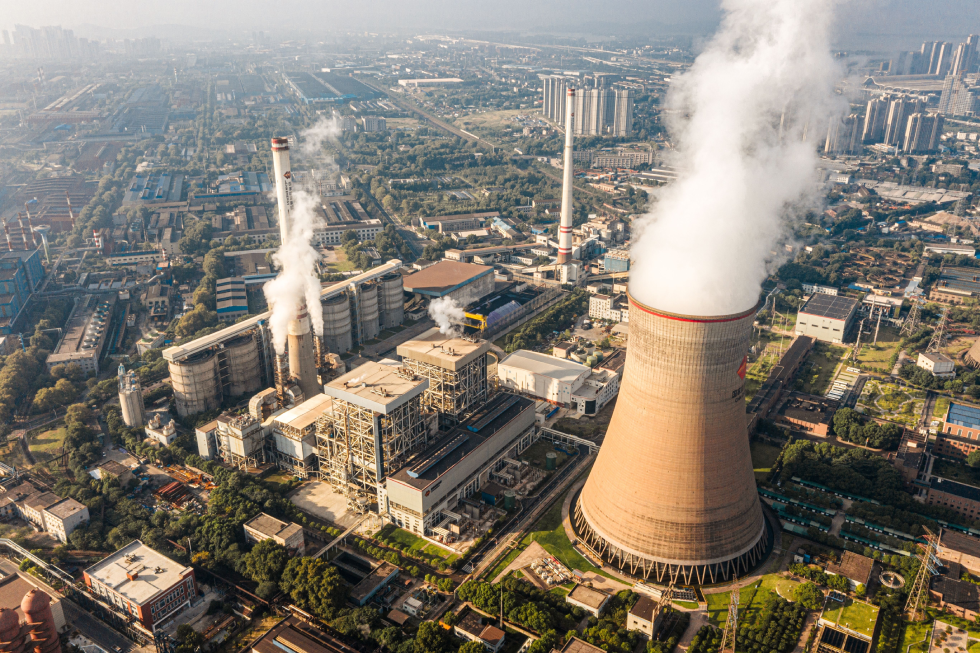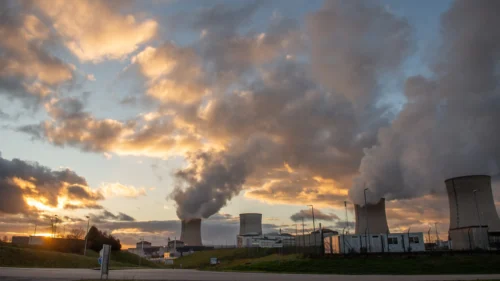Anyone not immersed in tech industry news can be forgiven for missing the flurry of recent investments in nuclear power, as nearly every big tech name has leapt at the chance to power data centers with nuclear energy.
Microsoft penned a 20-year deal for power from the infamous Three Mile Plant in Pennsylvania, set to reopen in 2028. Meta recently launched a request for proposals for nuclear power generation, after scrapping plans for another upon the discovery of a rare bee species on the proposed site. Amazon has signed at least three different nuclear power agreements, and Google recently partnered with Kairos Power to purchase nuclear energy from a series of small modular reactors (SMRs).
OpenAI’s CEO Sam Altman serves as the chairman of Oklo, a nuclear “microreactor” startup that recently approved site investigations in Idaho for a fast-fission nuclear plant. And Peter Thiel’s Founders Fund has invested in a startup seeking to create a novel production method for generating a powerful nuclear fuel typically used in advanced reactors.
This may seem surprising, until one sees the forecasted energy use for these companies’ data centers and the impending PR disaster that may ensue if they don’t find renewable energy sources soon.
The energy needs of data centers at big tech companies already overwhelm that of numerous small countries, and according to the International Energy Agency (IEA), the electricity needs of data centers, AI and crypto mining alone could double by 2026. Consider that many of these same companies have pledged to become carbon neutral within the next decade or two, and this creates something of a problem.
Enter nuclear power.
It’s possible to view these investments in a number of ways.
The optimistic case…
Big tech investments in nuclear energy may arguably increase the viability of nuclear power for the rest of society.
Nuclear energy rivals wind and solar power generation in terms of greenhouse gas emissions. And it lacks those sources’ “intermittency,” overcoming the challenges of storing power for later use when the sun doesn’t shine and the wind won’t blow. The fact of solar and wind intermittency is indeed frequently weaponized by critics of renewable energy when arguing for a continued reliance on fossil fuels like natural gas.
Additionally, there are strong reasons to push the common meltdown fears aside — nuclear power generation today is safer than ever before, and likely to become increasingly so with the rising investments.
And it is likely that increased nuclear production will not only increase safety, but also bring down costs due to industry learning curves, as has occurred in the solar industry over the past several decades. One study argues that nuclear power today would cost 10% of what it does, had early production rates continued rather than tapering off under regulatory restraints following headline-commanding disasters like those at Three Mile, Chernobyl and Fukushima.
While the US generates more nuclear energy than any other country — nearly twice that of China, the second-highest producer — many European countries today produce a much greater share of electricity via nuclear than does the US, indicating plenty of room for growth.
…and the skeptical case
There are several reasons to believe that this nuclear investment is merely greenwashing — an eloquent push for solutions to a problem tech companies created themselves — a problem we never asked for. Even if additional nuclear power generation is an unalloyed good, this good serves to power data centers alone — in the near term at least.
Importantly, any plans to expand nuclear energy must be combined with solutions to safely store an increasing cache of nuclear waste, which remains toxic for thousands of years.
Much of nuclear energy’s allure lies in its ability to generate power far from populated regions, but some of the recent tech investments propose the creation of data centers immediately adjacent to nuclear generators.
What does this remind you of?
All this may remind the tech-focused reader of the aspirations within the cryptocurrency community to harness wasted or so-called “stranded” energy to fuel their vast electricity needs.
Cryptocurrency mining — a process required to sustain the current value of Bitcoin and many other popular cryptocurrencies — today consumes more energy than the state of Washington, as well as the entire nation of the Netherlands with a standing population of eighteen million.
Crypto advocates have begun exploring unique means of framing the energy-intensive demands of their industry. They argue that utilizing stranded energy, and using it for cryptocurrency mining rather than serving traditional industries and consumers, might in fact somehow stimulate green energy growth and benefit society overall.
The more one reads into the “cryptocurrency mining meets green energy” literature, though, the more one feels they’re having the wool pulled, violently, over their eyes. Cryptocurrency miners are almost solely incentivized to translate energy into money, and it’s hard not to see the desire to frame this energy use as a positive externality for society as a baldfaced attempt at greenwashing a practice with questionable value.
Therefore we must ask, with both cryptocurrency and AI generating demand for these vast increases in energy supply: cui bono?
Nuclear energy and “stranded” fossil fuel consumption are solving someone’s problem. But whose?
When we read of the next nuclear meltdown, or the next leak from improperly stored nuclear waste, or flee to high ground when the next tsunami hits, or board and then flee our homes upon news of the next hurricane, will we really care that we’ve found freedom from the constraints of fiat currency, or access to a chatbot that performs 10% better (a little less racist; a little more factual) than last years?
[Yaamini Gupta edited this piece.]
The views expressed in this article are the author’s own and do not necessarily reflect Fair Observer’s editorial policy.
Support Fair Observer
We rely on your support for our independence, diversity and quality.
For more than 10 years, Fair Observer has been free, fair and independent. No billionaire owns us, no advertisers control us. We are a reader-supported nonprofit. Unlike many other publications, we keep our content free for readers regardless of where they live or whether they can afford to pay. We have no paywalls and no ads.
In the post-truth era of fake news, echo chambers and filter bubbles, we publish a plurality of perspectives from around the world. Anyone can publish with us, but everyone goes through a rigorous editorial process. So, you get fact-checked, well-reasoned content instead of noise.
We publish 3,000+ voices from 90+ countries. We also conduct education and training programs
on subjects ranging from digital media and journalism to writing and critical thinking. This
doesn’t come cheap. Servers, editors, trainers and web developers cost
money.
Please consider supporting us on a regular basis as a recurring donor or a
sustaining member.
Will you support FO’s journalism?
We rely on your support for our independence, diversity and quality.











Comment